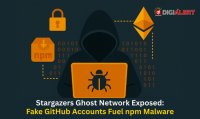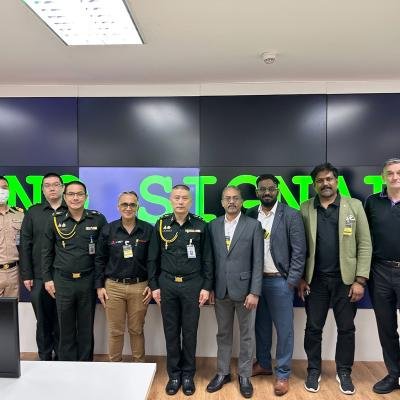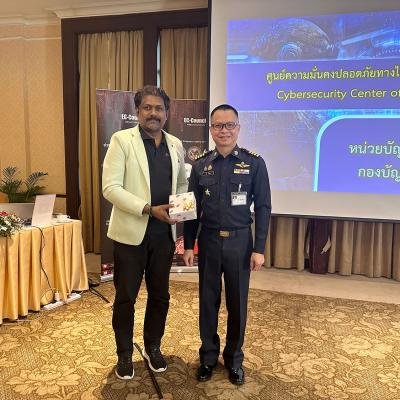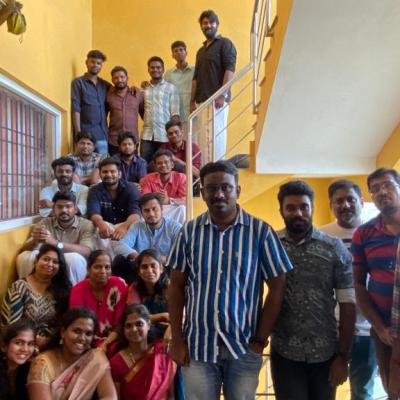The Cybersecurity and Infrastructure Security Agency (CISA) has issued an emergency directive mandating immediate action against 55 newly identified vulnerabilities, several of which are already being actively exploited in the wild. While this directive applies directly to federal agencies, the implications extend far beyond government entities. Every organization—across healthcare, finance, manufacturing, energy, and technology—faces elevated risk if these flaws remain unpatched.
In today’s hyper-connected world, email remains the lifeblood of business communications. From sensitive government directives to financial transactions and cross-border policy coordination, Outlook and similar platforms serve as the arteries of modern enterprises. But when the very tools designed to connect us become the vectors of compromise, the stakes could not be higher.
In today’s digital-first world, software supply chains have become the backbone of innovation. Developers rely on open-source repositories like npm (Node Package Manager) to speed up application development, integrate libraries, and avoid reinventing the wheel. But with this convenience comes significant risk: malicious actors are increasingly exploiting this trust, embedding malware in seemingly legitimate packages to steal sensitive data.
When most people think about cybersecurity threats, they picture complex ransomware groups, government-backed hackers, or high-profile data leaks splashed across the headlines. But the reality is that some of the most damaging risks often come from the devices we least expect—the small, everyday gadgets quietly sitting in homes and offices.
Mobile security is no longer an afterthought—it’s a frontline battlefield. In 2024, cybercriminals have doubled down on smartphones as their weapon of choice, and Android devices are bearing the brunt of this shift. According to DigiAlert’s analysis of recent threat intelligence, Android dropper apps—malicious applications disguised as legitimate tools—have emerged as the primary delivery mechanism for SMS-based malware.
In cybersecurity, the most dangerous attacks are not always the ones that arrive with flashy ransomware notes or obvious malware signatures. Increasingly, the most damaging threats are the ones that look entirely ordinary. They slip under the radar, disguised as everyday processes or, even worse, cloaked in the trust we place in our own tools.
A new and concerning trend highlights this shift: attackers are weaponizing Velociraptor, an open-source forensic and incident response tool, to infiltrate networks and exfiltrate data.
The software development world just received another stark reminder of how critical our tools have become to the security of the digital ecosystem. Cybersecurity researchers recently disclosed a remote code execution (RCE) vulnerability in Microsoft’s Visual Studio Code (VS Code)—one of the most widely used integrated development environments (IDEs) on the planet.
In today’s hyper-connected world, identity is no longer just an administrative concern—it is the new perimeter of cybersecurity. The recent discovery of Storm-0501, a sophisticated phishing campaign targeting Microsoft Entra ID (formerly Azure Active Directory), has highlighted just how vulnerable organizations can be when attackers bypass traditional defenses and focus directly on identity systems.
When you connect to a public Wi-Fi network, what’s the first thing you see?
Usually, a captive portal that login or “Agree to Terms & Conditions” page you click before getting access. For most people, it’s a routine step. But what if that portal wasn’t a harmless gateway, but instead a weaponized tool used by cybercriminals to infect your device?
That’s exactly what’s happening in a sophisticated cyber campaign launched by UNC6384, a threat actor now under global watch. By exploiting captive portals, UNC6384 is distributing the notorious PlugX malware, a remote access trojan capable of data theft, persistence, and further compromise.
In today’s fast-moving digital world, software supply chains have become both a cornerstone of innovation and a prime target for attackers. A recent discovery reported by The Hacker News highlights a particularly troubling case: a malicious Go module named “golang.org/x/ssh” was found imitating the legitimate SSH library to deliver backdoor access.
















